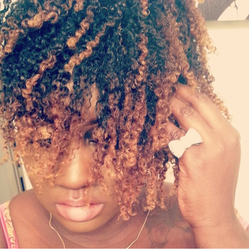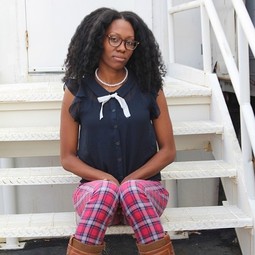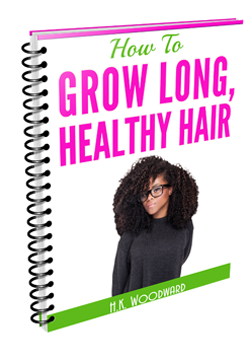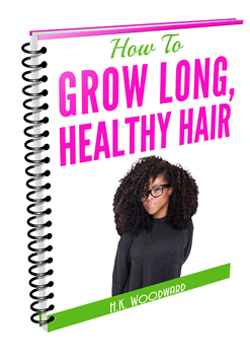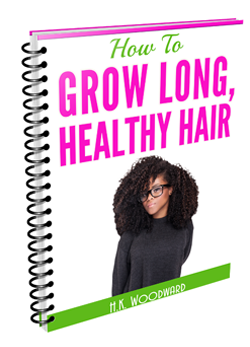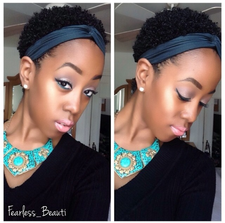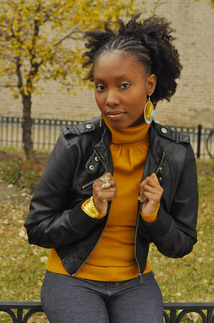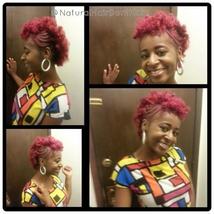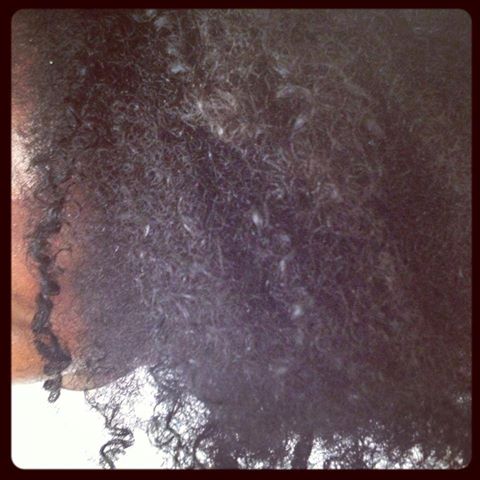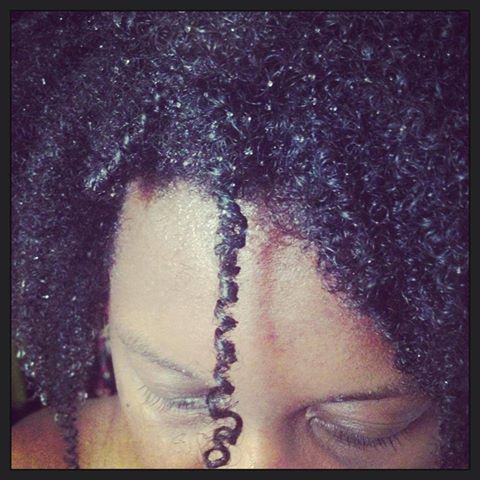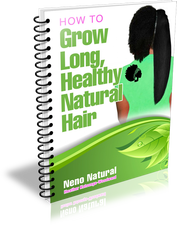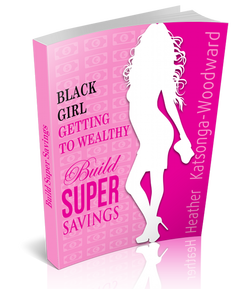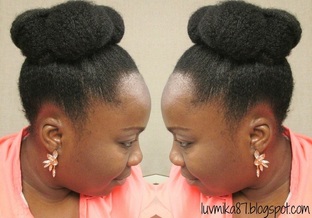 Check out Queen Shamika's Hair Journey & Regimen Check out Queen Shamika's Hair Journey & Regimen
Every person you ask will tell you a slightly different story, however, there is a scientific reason behind the observation that hair grows a little thicker and faster during pregnancy. Firstly, you need to remember the hair growth phases:
HAIR GROWTH PHASES All hair has three growth phases: 1. Anagen phase: hair growth Can last 1 to 10 years, but is 4 to 7 years on average. According to The Science of Black Hair, 88% of the hairs on your head are in the anagen (growth) phase at any one time. 2. Catagen phase: hair resting Lasts anywhere from 4 weeks to 4 months; 1% of the hairs on your head are currently in the catagen (resting) phase. 3. Telogen phase: hair shedding 11% of the hairs on your head are currently in the telogen (shedding) phase. These hairs either come out on their own or are pulled out during styling. If you have braids or dreadlocks the shed hairs don't fall out because they are restricted from doing so. 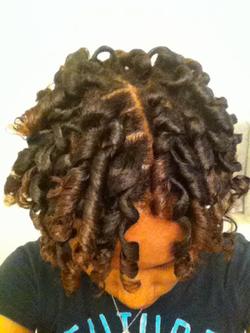 Check out Queen Roshell D's Hair Journey & Regimen Check out Queen Roshell D's Hair Journey & Regimen
It is normal to lose 50 to 100 hairs per day if you are not pregnant. The average head of hair has 100,000 hairs on it so don't worry this is not enough for you to go bald.
What Happens To Hair Growth Phases DURING Pregnancy When you get pregnant the surge in hormones causes hair to get locked in the hair resting phase and normal shedding does not occur. That is, the telogen phase is prevented from occurring during pregnancy. In fact, according to AmericanPregnancy.org “during pregnancy, an increased number of hairs go into the resting phase.” I interpret this to mean more hairs than usual. I recently braided my hair and the amount of hair on the comb after a blow dry was ridiculous; it was literally nothing. I would expect to shed 6 or 7 times what I saw on the comb without worrying but I lost very little. I had just washed and conditioned using the Queen of Kinks product line and I would have loved to put it all down to that but I knew pregnancy had a lot to do with it. Pregnancy Vitamins In addition, many pregnant women are encouraged to take pregnancy vitamins especially in more developed economies. These help to nourish hair and aid in hair growth. If you’re not taking vitamins, a deficiency might occur because more of your resources are taken up by the development of your baby. In this case you can incur hair loss during pregnancy despite the surge in hormones that stop the shedding process. 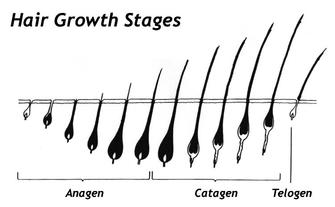
What Happens To Hair Growth Phases AFTER Pregnancy
According to AmericanPregnancy.org the most common period of pregnancy related hair loss occurs approximately three after the delivery. Hair that was trapped in the resting phases during pregnancy may even all fall out at once! Ouch. This is apparently normal and hair does return to its normal growth cycle within 6 to 12 months of delivery. What is Telogen Effluvium? This whole process in which hair sheds “excessively” following birth is called Telogen Effluvium. It can happen 1 to 5 months after pregnancy but as mentioned above the 3 month point is the most common time when it happens. Do all mothers experience Telogen Effluvium? No, just 40-50%. Well, I say just but that is a heck of a lot. What has been my experience? I am 37 weeks pregnant now. At the start of pregnancy I thought my hair was unusually dry but this passed after about three months. Did my hair grow faster during pregnancy? No, I don’t think so. Was my hair thicker during pregnancy? I think it has been a little thicker, yes. I’d love to “woop woop’ right now but I’ll wait until 6 months post pregnancy to see if it lasts before I celebrate. Please share your experience in the comments section. References:
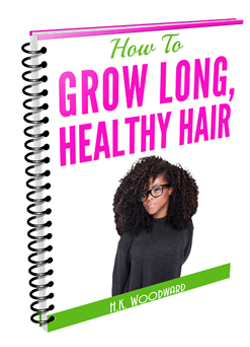
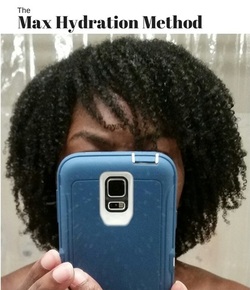
I don’t normally accept guest posts, in fact, this is the very first guest post ever on this hair blog in over two years of writing.
Guest post from Allison Matthews, edited by Heather Katsonga-Woodward. The Max Hydration Method (MHM for short) is, according to maxhydrationmethod.com, “a 5 step regimen that systematically increases moisture levels in the hair until Max Hydration is reached.” This method, championed by Black Hair Media Forum VIP Member PinkeCube promises to turn the notion that wash and go’s don’t work on type 4 hair on its head. In addition to forum posts, and social media accounts dedicated to the Max Hydration Method, PinkeCube has launched a blog where everything about the method can be found — maxhydrationmethod.com. So what exactly is the Max Hydration Method, how does it work, and are the results for real? Let’s explore: Who is the Max Hydration Method for? The Max Hydration Method is articulated as being designed for type 4 hair, specifically low porosity 4c natural hair. What does it do? PinkeCube, MissDeeKay, and other proponents state that the Max Hydration Method will transform dry, frizzy, undefined hair into coils and curls that clump — with or without product. Additionally, they claim that once your hair reaches max hydration, many of the issues that plague type 4 hair (dryness, styling, knots, length retention) will cease to occur. 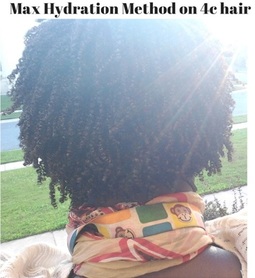
What products are required, and how long does it take?
The Max Hydration Method initial period lasts for 7 consecutive days. You can stretch your re-wetting/styling to every 2-3 days, but daily is recommended for best results. As far as products are concerned, you’ll need:
How do you do the Max Hydration Method?
As mentioned previously, the Max Hydration Method is aimed at being a 7-day cycle, but can be adjusted according to your time constraints and the needs of your hair. The method goes a little something like this:
Users of the Max Hydration Method are encouraged to use only approved/botanical products throughout this process. Although I am still trying to identify a consolidated list of products, the general idea is sticking as closely to the Curly Girl Method as possible (no sulfates, no cones, etc.). For starters, Miss Dee Kay outlines her list of Max Hydration Method-approved conditioners here. Additional reference: The Max Hydration Method Detailed Regimen Heather’s Opinion This all sounds very interesting and I love that the natural hair community is always trying to come up with new solutions to dryness, however, whilst I haven’t yet tried the method I think there are four very important issues with it that will probably stop me from ever trying it:
What I would really love to know is:
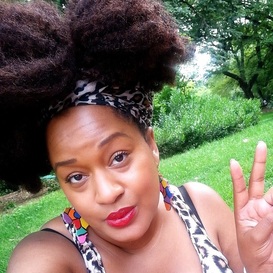 Check out Queen Carmen's Hair Journey & Regimen Check out Queen Carmen's Hair Journey & Regimen
I have been asked this question a few times so I thought it’s high time I gave a proper explanation. What makes one product really cheap and another one more expensive?
Product Price and Product Quality Yes, there is definitely a correlation between the quality of a product and the price but it isn’t a perfect relationship – something that costs £20 isn’t necessarily two times better than a £10 product. That said, some products are cheap for a reason: they use cheap quality ingredients that neither nourish your hair nor your body. Case in point, I was in a Poundland (think, The Dollar Store) – basically as budget as it gets and I saw a 250ml product of “Body Butter” – I couldn’t believe it. There is no way you can produce a body butter that cheaply no matter what your volumes are. So I picked up the bottle to read the ingredients and true to form there was only one vegetable butter on the list and it was very far down the list of ingredients suggesting there wasn’t much of it in there. Ultimately the product was called a butter because they had created a buttery texture but most of it was water and factory made ingredients. Now, there is nothing inherently wrong with most factory ingredients and anything that comes in a can or bottle even Mayo and beans has to contain some form preservation; however, having too much of them reduces the benefits to hair (and skin) compared to a product that use a healthy balance of both farmed and manufactured inputs. A balance needs to be achieved between hair benefits and prolonged shelf life. Sometimes A Cheap Price Hides Another Story Another case in point: I bought a bottle of “Pure Jojoba” because the price was uniquely low; it was too good to be true, I just had to have it. When I got home I thought the product smelt a little “off”. A look at the ingredients list confirmed it wasn’t jojoba but a jojoba and grapeseed oil blend – the product label was lying on the front, calling itself “Pure Jojoba” when it wasn’t! Grapeseed oil is a good oil but it is cheaper than jojoba and has different benefits. I wanted jojoba for the unique benefits that it offers so I was annoyed and disappointed. The price was too good to be true for a reason. Product Price & Unique Ingredients When it comes to product making the more unique the ingredients you use the more expensive the product will be. Shampoo is a good example here. 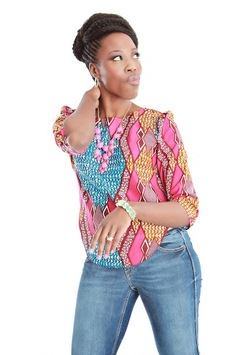 Check out Queen Christine's Hair Journey & Regimen Check out Queen Christine's Hair Journey & Regimen
Because sulfates were so widely used in shampoo (and they still are) using them as a cleanser is really brings down the cost of making a shampoo. Once consumers switched on to the fact that sulfates were too strong a cleanser for dry hair types and possibly had other negative effects some businesses decide to use alternative cleansers.
Using a cleanser other than a sulfate pushes the price up. Some alternative cleansers, e.g. cocamidopropyl betaine, have grown in usage so they are more widely available and therefore more affordable to use as a product ingredient. That said, milder cleansers are still being developed. Choosing to use a non-mainstream ingredient to improve product quality hikes the product price right up. How The Big Dogs Keep Prices Low There are three ways that big manufacturers keep prices down:
Product Price and Experience Some companies want to provide more than just a product to a customer. They want to provide a great experience, great customer service and a fabulous customer relationship. To provide this extra service their product will cost more. 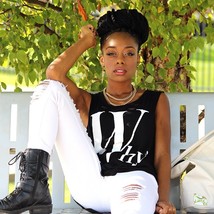 Check out Queen Gloria's Hair Journey & Regimen Check out Queen Gloria's Hair Journey & Regimen
Product Price and Status
Last but certainly not least, some customers want to buy products to show their status a little or to feel different to the masses. If you feel you work harder than most people then you want products most people cannot afford. You want a branded hair or body product that shows you care about quality. You don’t want “good enough” products, you want “best in category” products. Have you ever had a friend who goes from being on your level and all of a sudden they get a job paying them triple? They get a new place to live and when you go over to the house warming party everything in their place tells you upfront, I’m on another level now. Even the hand wash in the bathroom is a superior and exclusive brand. You look on in admiration and just think, I need to work hard and get myself nice stuff like this. Premium products differentiate themselves by going above and beyond on product packaging as well as other small branding elements that the premium consumer cares about. It’s why you choose to buy a Mercedes Benz over a Toyota when they both do exactly the same thing. In summary, a product may be more expensive because:
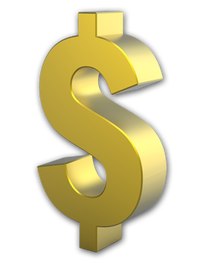
2014 has been an even more amazing year than 2013 thanks to your support. To show my gratitude, just like I did last year I am giving away $500 in cash. Whereas last year's $500 prize all went to one person, after a survey, this year's prize will be split:
ENTRY DETAILS: To enter, simply fill in the form below or click here (if you can't see a form below):
How will the winner be selected:
Payment Details + Terms & Conditions
Again, thanks so much for your likes, follows and comments on Facebook, Twitter, Insta, Pinterest and via email. Whilst I can no longer answer every single email I do read them all. Kisses, Heather Last year's Winner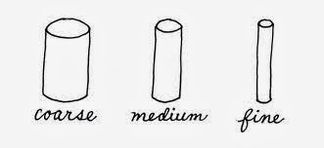
When people talk about thin hair, technically they are referring to the thickness of each strand of hair rather than the number of hairs on your head.
Thin hair actually has a different structure to thick hair. This is the science; the diameter (width) of:
In thin hair the cuticle (top layer of hair) can make up c.40% of the strand and the cortex up to 60%. Those with very thin hair don't even have a medulla. In thick hair the cuticle will normally make up only about 10% of the strand and the cortex upto 90%. What does this mean for you if you have thin hair? The finer your hair more prone it is to breakage, tangles, split ends and damage. Side note, the problem of a straight haired person with thin hair are slightly different than for us kinky-curlies:
If you have thin kinky or curly hair minimizing hair handling really helps to avoid damage and tangling. Protective styles or even growing dreadlocks / locs will really help you to gain and see your length. If you manipulate your kinky/curly hair too often you may find that you are finding it harder to retain length than someone with courser hair just because you have a higher propensity for breakage. 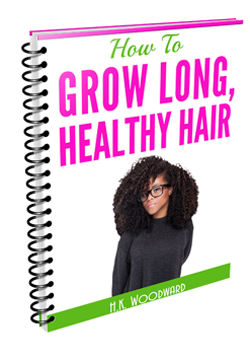
Get your FREE ebook on How To Grow Long, Healthy Natural Kinky or Curly Hair. |
I now blog about wealth creation - so if you have any money questions meet me there, you can do all sorts of cool things like leave me a voicemail.
By Heather Katsonga-Woodward
I was a natural hair blogger and mixtress living between London & Chicago from 2012 to 2017. I always thought I was 4C but some say 4B; images below - you decide! Heather xx Categories
All
Archives
November 2016
|


